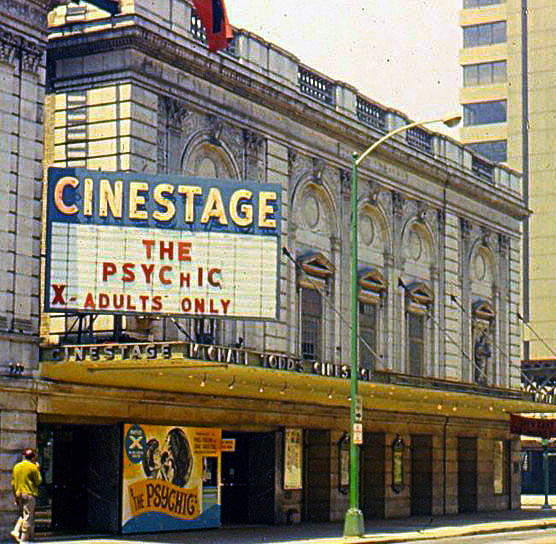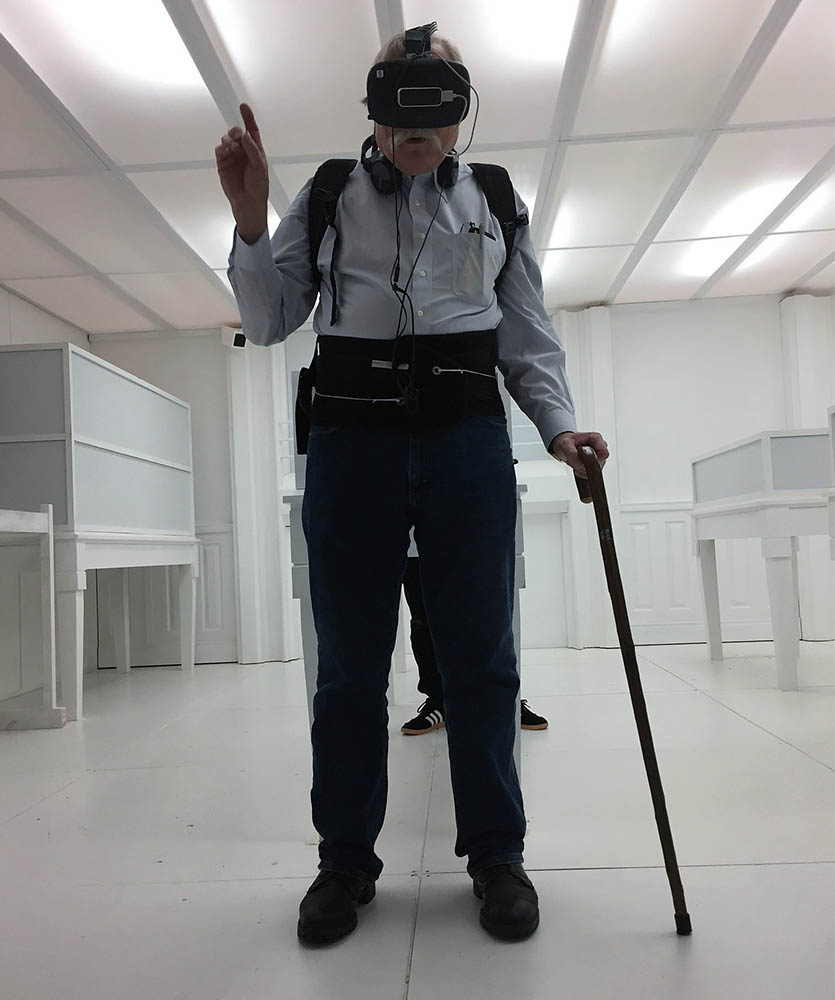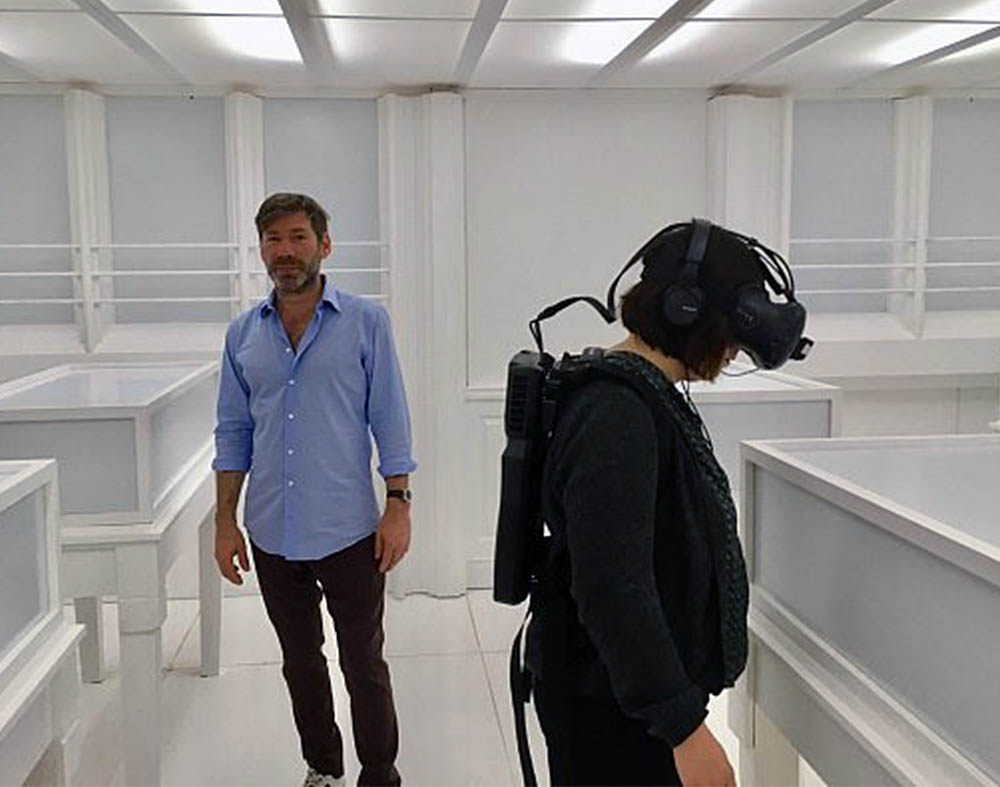.
The late summer of 1968 is most memorable to me for receiving my first dose of tear gas, merely for the crime of photographing the police action in Grant Park during the 1968 Democratic National Convention – the one where Mayor Daley baldly stated that ‘the police are here to preserve disorder.’ It is tempting to let these memories re-surface during the current period, but instead let us turn to just a few months before in 1968 when there was another major change in my world.
I’ve resisted the temptation to see 2001: A Space Odyssey again in recent times because I fear that the lingering magic would be broken. We are so used to CGI in modern films that any spectacle would not only seem possible but indeed be expected. It is difficult to explain just how radical an experience the film was. Its special effects were head and shoulders above anything we had seen before. The story line was suitably complex and challenging. And it was grounded in familiar trappings, especially the Pan Am logos (if you recall that once great airline) with its stewardesses (not cabin crew) in a modernistic version of uniform descended from those we saw when traveling in the 1960s. I’ve since seen better films, more complex films, films with more spectacular effects, but none of them have grabbed my imagination in the way that 2001 did.
So Tuesday of this week the artist Mat Collishaw very kindly let a few of us be lab rats for the dry run of his Thresholds augmented visual reality show at Somerset House, London, opened up to the VIP day of PhotoLondon on Wednesday and to the public just yesterday. And I must say that I was instantly transported back to the days of 2001.
We have hinted at this project before. Its specific subject was triggered by Pete James’s intense interest in Birmingham, including the large exhibition of photographs displayed by Henry Talbot at the August 1839 meeting of the British Association for the Advancement of Science. Talbot’s first public display had been hastily arranged and announced by Michael Faraday on 25 January after his lecture at the Royal Institution. This was to be by far the largest of Talbot’s exhibitions that year, including the December 1839 one in Edinburgh.
Pete had first contacted me in October 2015 with this crazy idea that he had inspired an artist then unknown to me to re-create Talbot’s Birmingham show – but to produce it in something called augmented virtual reality. I’ve often felt that my life has been a series of virtual realities but somehow last November I found myself having to give a presentation at the Stereo and Immersive Media conference in Lisbon. Asked to address the concept of virtual reality, I presented a talk on The Virtues of Reality: Henry Talbot, Nature and Imagination. Somehow I was pulled more and more into Mat and Pete’s concept.
Today nothing is magic or even surprising to us any more. If the next iPhone promised to make a good martini, we would only want to confirm that there was a ‘shaken or stirred’ app available. What would it take to make a modern audience experience the visual shock, the explosively expanding visual world, of those who saw their first photographs in 1839? Mat’s show promised that.

To the outside observer, it is still appears that way, but to the newly created mutants it is suddenly a magical experience.
There were Chartists in the streets of Birmingham in 1839 and you can look out the virtual windows and hear their protesting voices (I had suggested that some currently relevant protest chants might be slipped in under the umbrella of artistic license but from what my headset could tell me this idea was rejected). In spite of a great deal of work, my specialist reaction was that the colour and sizing and other factors of the Talbot prints and negatives were ‘off’ by a bit. I hate to say it but they were the weaker part of the experience for me. But I suspect this will not be the case for most of the viewers and Mat and his staff are constantly tweaking things. In any case, the magic is there, if not fully in the Talbot photographs, in the more fundamental augmented virtual reality experience. I came out feeling that I had seen something truly new and outside both my experience and expectations.
There are parts of the experience that I am still processing. I hadn’t planned to comment on the accuracy of the Talbot re-creations, save for a few details. But Hans Kraus was there also and just happened to have some Talbot originals with him (as one does). When he opened the box, one of the technical crew expressed surprised that the originals were on what he saw as a matte surface. In photogenic drawings, there is no emulsion and the image resides within the paper fibers of drawing or writing paper. I explained that it wasn’t a matte surface like that of modern papers (which is actually a resin coating that scatters the light) but then it turned out that the software engineer did watercolours and from there the correct surface was evident. In a similar project he had actually artificially added a gloss to the virtual prints because the modern experience is that photographs are on a glossy paper. So he was now planning in future to modify the computer code that created the gloss that was the result of modern expectations rather than reality. So, virtual reality was morphed by his contact with reality reality, or something like that.
What would Henry Talbot have thought of all this? As a mathematician, he would have been intrigued and with a little practice could probably have assisted Mat’s crew in writing the code. But would the magic of Nature’s drawing still be there for him? Everything in this virtual world, of course, exploits natural processes and laws, but somehow I doubt that Henry would have been convinced.
Just as Talbot’s photogenic drawing and calotype processes were succeeded by wet collodion and albumen within a few years, it is clear that Mat’s backpacks and cumbersome goggles will be supplanted in some near future. But the magic is there right now for us and I strongly encourage you to go experience it, either at Somerset House in London for the next few weeks or at a subsequent venue. Maybe it will draw you closer to feeling what a person in 1839 must have felt.
Mat Collishaw in Thresholds
As a PS, you should know that the flickering flames in the fireplace are a health and safety requirement. If there is an emergency, just jump through the virtual flames, which are a safety exit back into reality.
 if there are readers out there who saw 2001 in 1968 and have seen it again recently, do tell me (gently) how it has stood the test of time for you
if there are readers out there who saw 2001 in 1968 and have seen it again recently, do tell me (gently) how it has stood the test of time for youLarry J Schaaf
• Questions or Comments? Please contact digitalsupport@bodleian.ox.ac.uk • Thresholds
runs at Somerset House in London through 11 June. From 17 June – 3 September an expanded show will be at the Birmingham Museum and Art Gallery and then it moves on to Lacock Abbey. Additional subsequent venues are anticipated.








